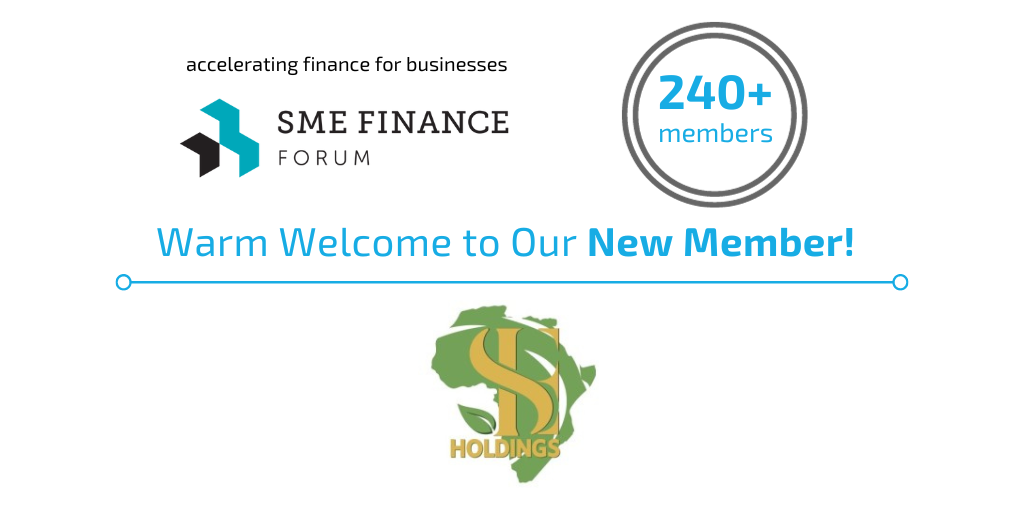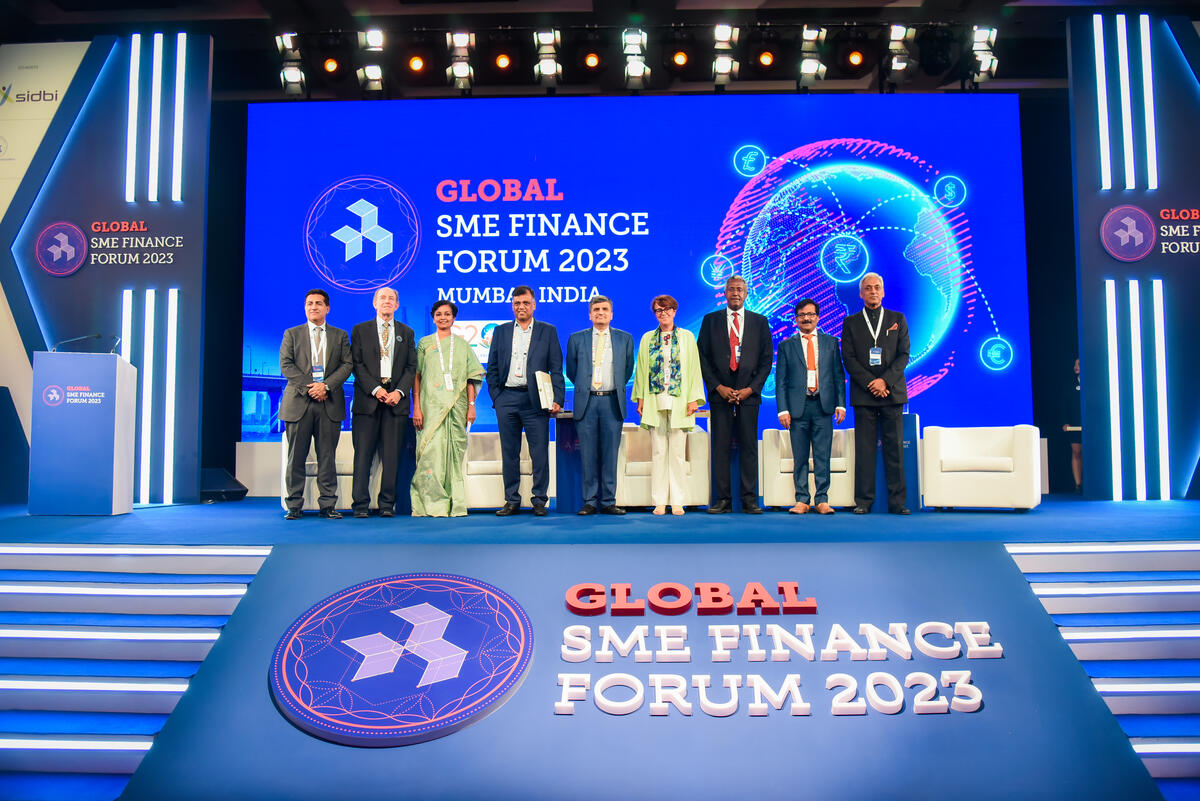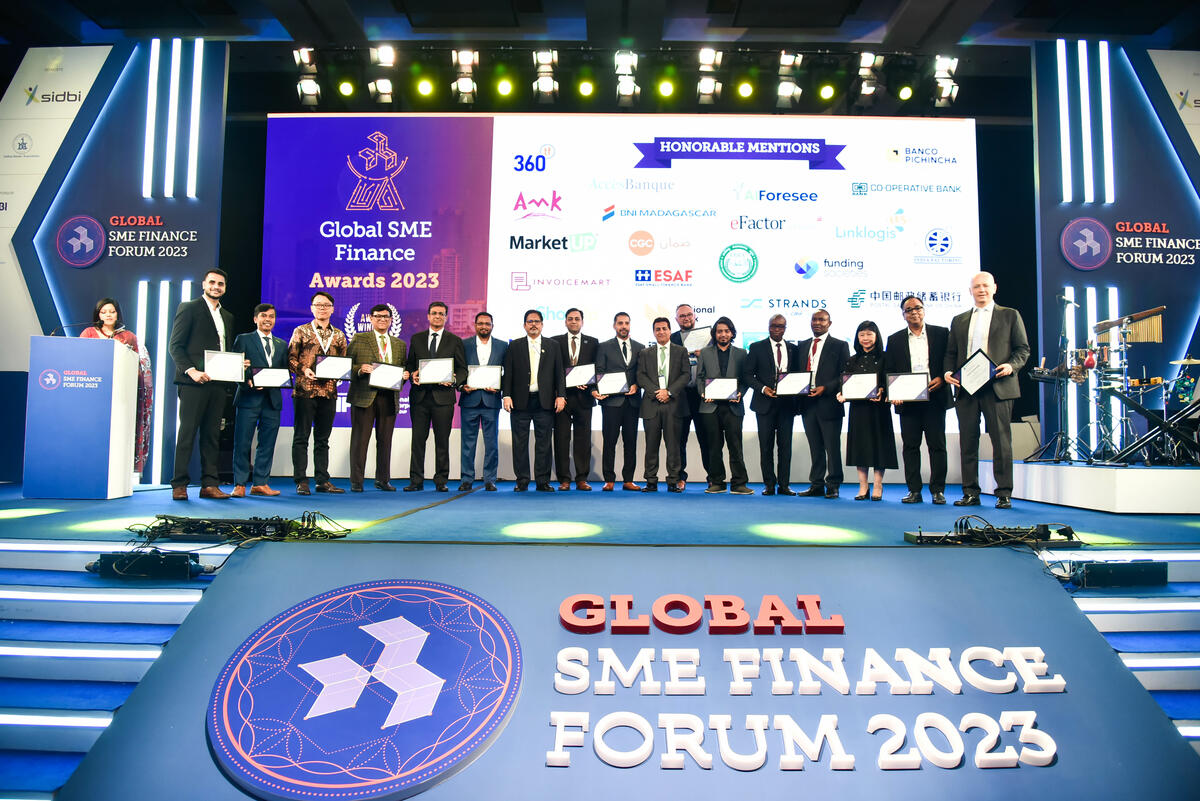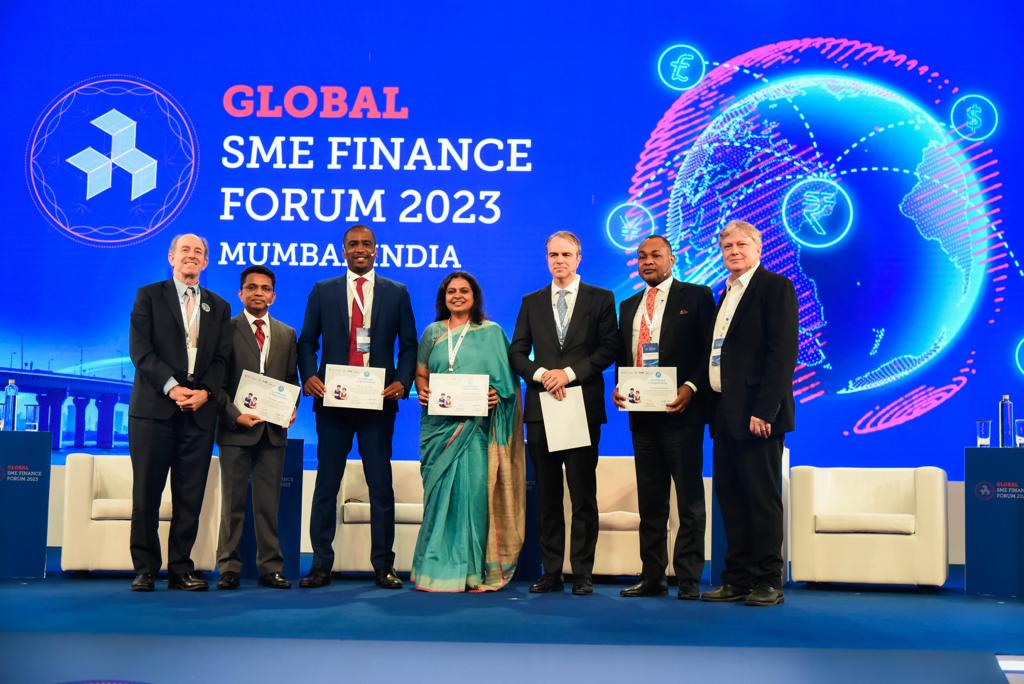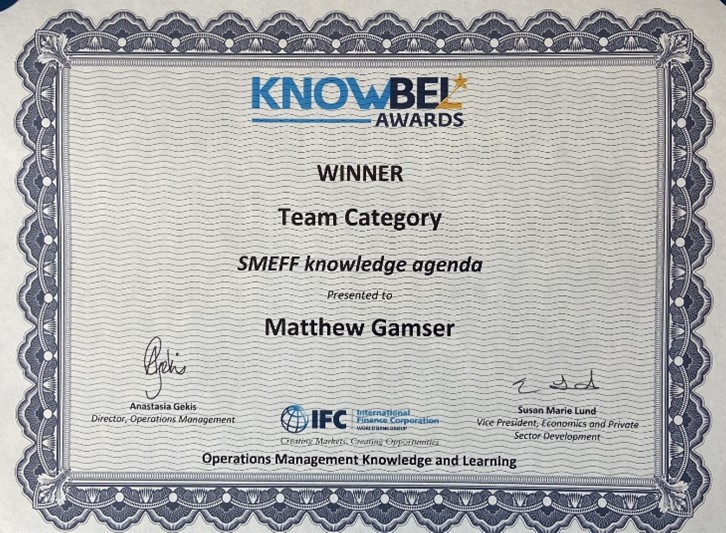Pitches for “Uber of banking” ventures assume that you can leave the actual delivery to commoditized providers. This is a mirage.There are three different Fintech startup models in Consumer banking:1. Add an unregulated mobile layer on top of existing banking services. Simple is the best example (acquired by BBVA for $117m in Feb 2014). This is clearly not the “Uber of banking”. In this model, you depend on Banks for the underlying service. This would be like Uber delivering a service that relies on licensed taxi drivers for the service. When Simple started, it was early enough in the Fintech revolution to add value by understanding how to build a mobile customer experience. Today you can pay a team of developers a lot less than $117m for that. How much Banks will be willing to pay for any venture following the Simple model depends on how the Customer Acquisition Costs worked out for BBVA. Was this an expensive way to get some mobile software? Or did BBVA get lots of new customers at low cost? If it is the latter, then we can expect to see more ventures such as Simple thrive.2. Provide a complete banking service from a regulated entity using a pure digital model. This could be a Challenger Bank (a UK term, but I have seen this in almost every stop on the Fintech Global Tour). A Challenger Bank is a Regulated Fintech startup. Or it could it could be a Big Bank going into foreign markets using the Telecoms playbook. The proponents of this model assert that, “controlling the whole stack is the only way to offer a differentiated customer experience.” The sceptics on this model assert that full stack banking is, “held back by the regulatory boat anchor from competing at digital speed”.
Articles
Why the Uber of banking Fintech model is a mirage
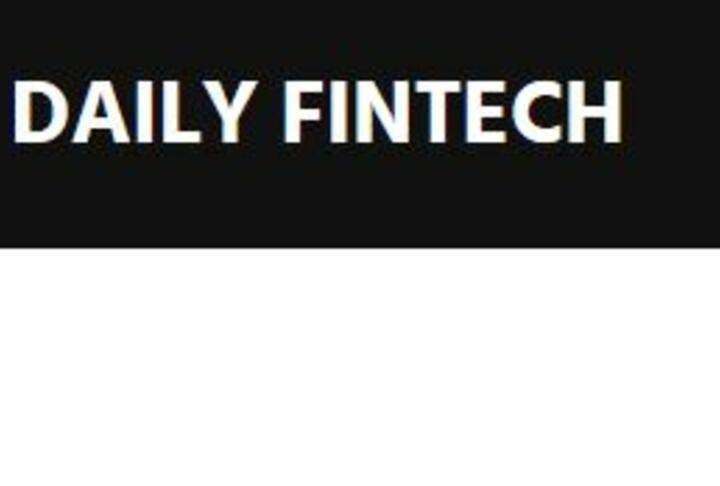
May 19, 2015



